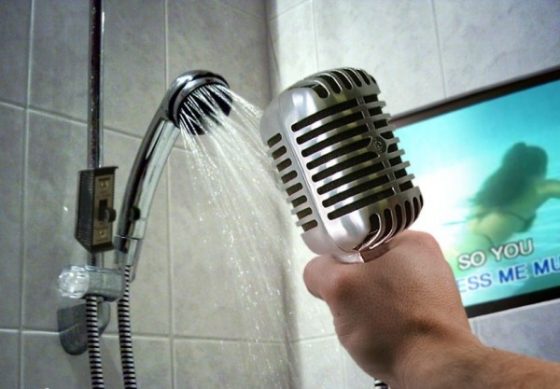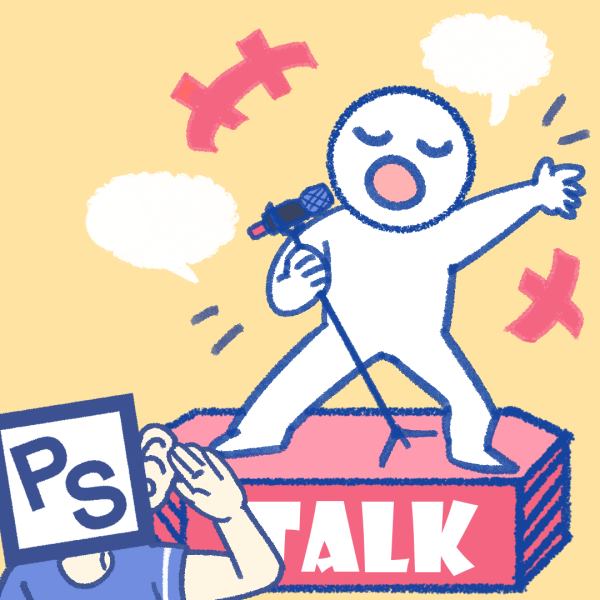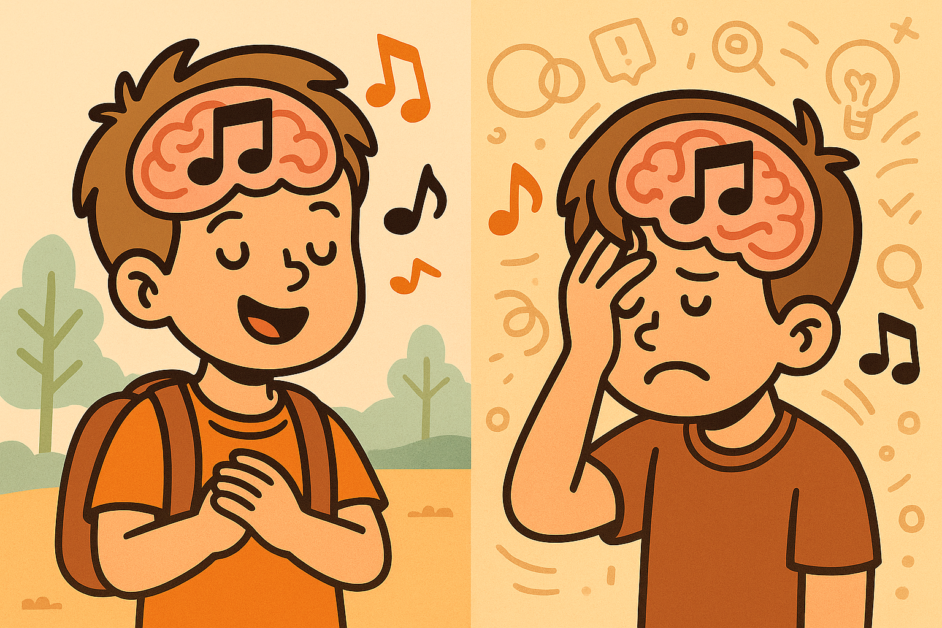在上篇文章,我們說明了你在廁所裡唱歌會比較好聽,是因為四周圍的磁磚牆壁,比起家中的其他地方更會反射聲音,因而造成了比較大的回音,或者更精確一點說:比較長的「殘響」(reverberation)時間。所以你才會覺得在浴室裡唱歌聲音感覺更加飽滿,有唱片裡的聲音的感覺。
很自然地,接下來的疑問就是:那唱片裡歌手的回音又是怎麼來的呢?該不會也是把他們抓去廁所裡錄音吧?這樣不會弄濕衣服嗎?
(註:我在這篇文章會用「回音」這個字來替代「殘響」,因為我覺得「殘響」有很咬文嚼字的感覺、唸起來不是很順口)
要怎麼樣有回音?
當然,產生回音最直覺的方式,就是直接到一個有回音的地方錄音,這也是大部分的古典音樂專輯產生回音的方式。如果你要錄一張古典鋼琴專輯,然後你又剛好可以借到像是國家音樂廳之類的、有相當好聽的回音的場地的話,你就直接把現場產生的回音錄下來就可以了。
但是這個方法有兩個問題:第一是你不一定有預算能夠借到有很好聽的回音的場地;二來是場地的回音音色、時間長度也不一定合乎你音樂的需求,而你完全無法調整它。
廁所回音
如果你借不到國家音樂廳的話怎麼辦?至少你還有你家廁所阿!
在 1947 年,Universal Audio的創辦人 Bill Putnam,覺得他的錄音室的回音不好聽,於是他就把他錄音室的(沒錯,你猜到了)廁所,改裝成了一間「回音室」(echo chamber)〈註〉!
回音室的用法是這樣的:你在回音室裡面放一台音響,然後你就拿你在其他地方錄好的聲音在裡面播放,然後你再用麥克風,把回音室產生的回音錄下來。
歷史上第一張經過「廁所回音室」潤飾的專輯,就正是 Bill Putnam 的唱片公司 Vitacoustic 出版的「Peg o’My Heart」,演出者是三人口琴團體「The Harmonicats」。這張專輯在發行三年內賣了超過一百萬張,登上了告示牌(Billboard)雜誌唱片排行榜的第一名。
所以你就知道廁所的厲害了。
http://youtu.be/SquuMPQMHtk
彈簧回音
但也不是每個人家裡都有多一間廁所可以用,於是就有人想出了「機械式回音器」這種東西。機械式回音器的運作方式就是,你把聲音傳導入到一個物體上,讓那個物體振動,然後再把那個物體的振動導出來,錄成聲音。
機械式回音器通常有兩種型態:彈簧和金屬板。
彈簧回音(spring reverb),就是字面上說的那樣,是用彈簧(彈簧耶!很難想像對不對?),來當共振物體的回音產生器,你把聲音接到彈簧的一端,再從另一端錄下彈簧的振動。
因為彈簧回音器被廣泛使用在電吉他音箱上,所以大家好像都會把它跟電吉他連結在一起,但它也可以用在鼓聲或其他樂器上,甚至在古早古早的時候,還曾經被用在汽車音響上(所以路不平的時候,彈簧回音就會亂跳產生雜音),像是以下這個 YouTube 影片的一樣。
彈簧回音的聲音很有一種⋯⋯呃,彈簧的質感,很多音樂製作人很喜歡這個聲音,但不想買一台真的彈簧回音器,所以現在也有公司製作彈簧回音器的模擬軟體,讓你在電腦上也能玩彈簧跳跳跳的回音。以下這個 Softube 做的 Spring Reverb,就是當今市場上聲音最好的彈簧回音模擬軟體之一,影片中也有彈簧回音的簡短介紹,值得一看!
鐵板燒
金屬板回音(plate reverb)是另一種機械式回音裝置,它跟彈簧回音的原理完全相同,不同的是它是用金屬板(而且通常很大片)來當作共振物體。因為金屬板是一個平面(兩個維度),與彈簧比較像是一條線(一個維度),所以金屬板可以形成比彈簧更複雜的回音。
歷史上第一台金屬板回音器是由德國公司 Elektro-Mess-Technik(簡稱 EMT)製造的 EMT 140,這台回音器重達 270 公斤。在 1960 年代,許多專輯都經過了這台 EMT 140 的潤飾。
Pink Floyd 樂團的「Dark Side of the Moon」專輯,就是整張唯一使用 EMT 140 當作回音器的例子。聽聽看,你感覺得到它的回音嗎?
金屬板回音使用在人聲錄音的效果相當好,一直到現在,音樂製作者還是持續在使用金屬板回音的聲音。不過一般的工作室當然不可能擺下像是 EMT 140 這樣的大怪物,所以——沒錯,我們使用軟體模擬器!
看看這個由 Universal Audio 開發的 EMT 140 模擬器的介紹影片,也聽聽看它的聲音吧!(咦?Universal Audio 這個名字怎麼聽起來這麼熟?它是誰創立的公司阿?如果你忘記的話,往上捲~)
還有更多
關於回音的故事還沒有說完,我們下次繼續喔!
(Wiwi)






































